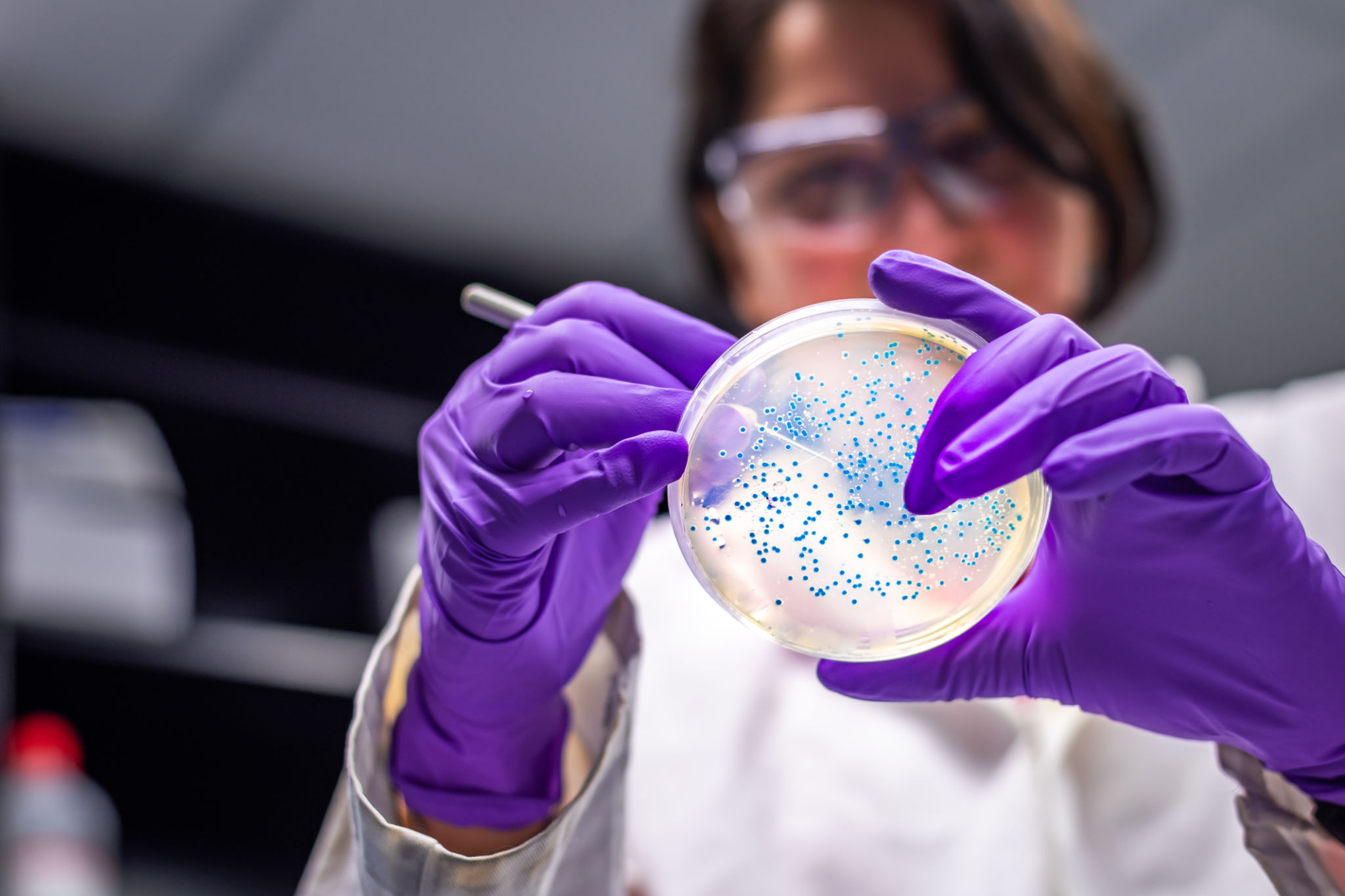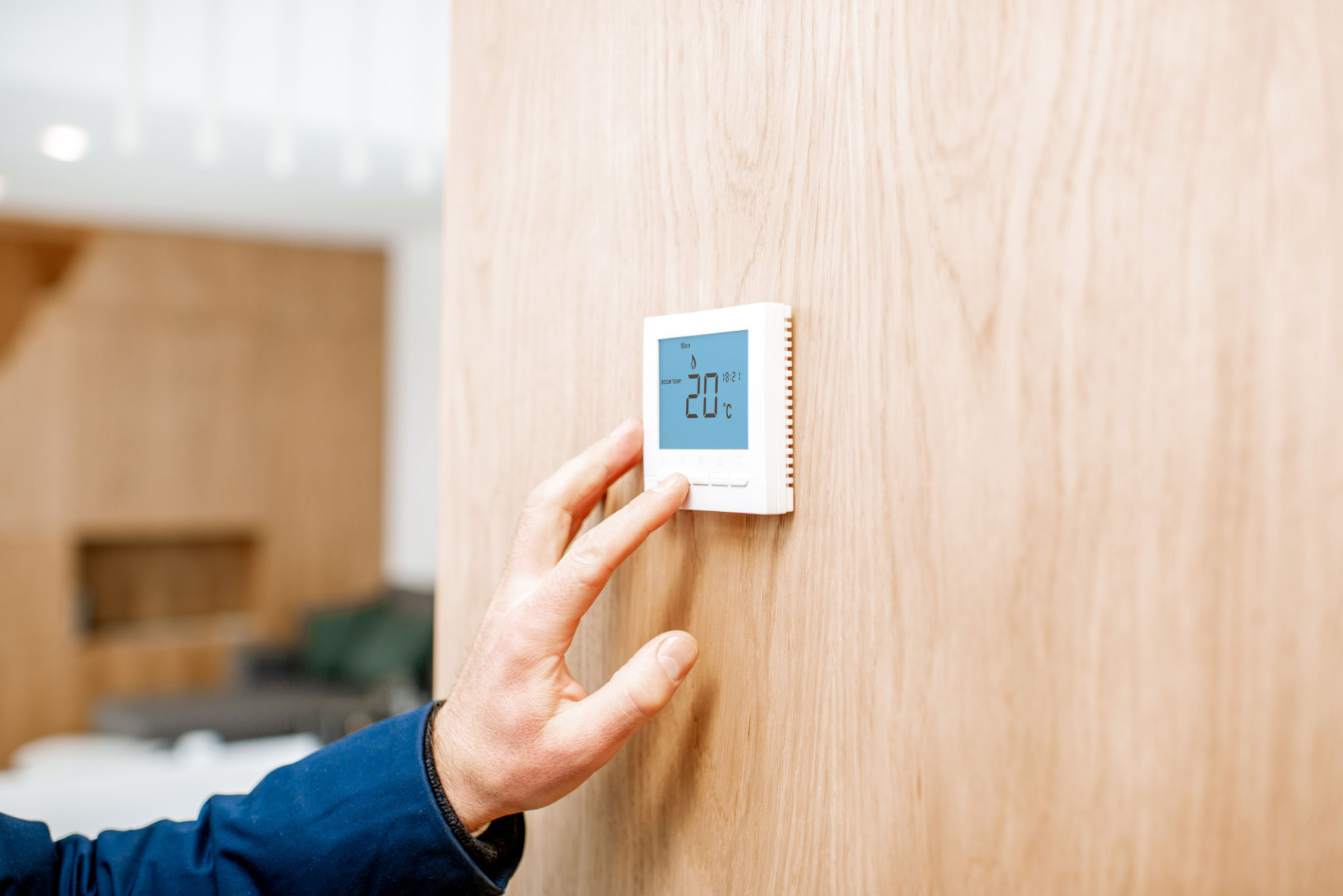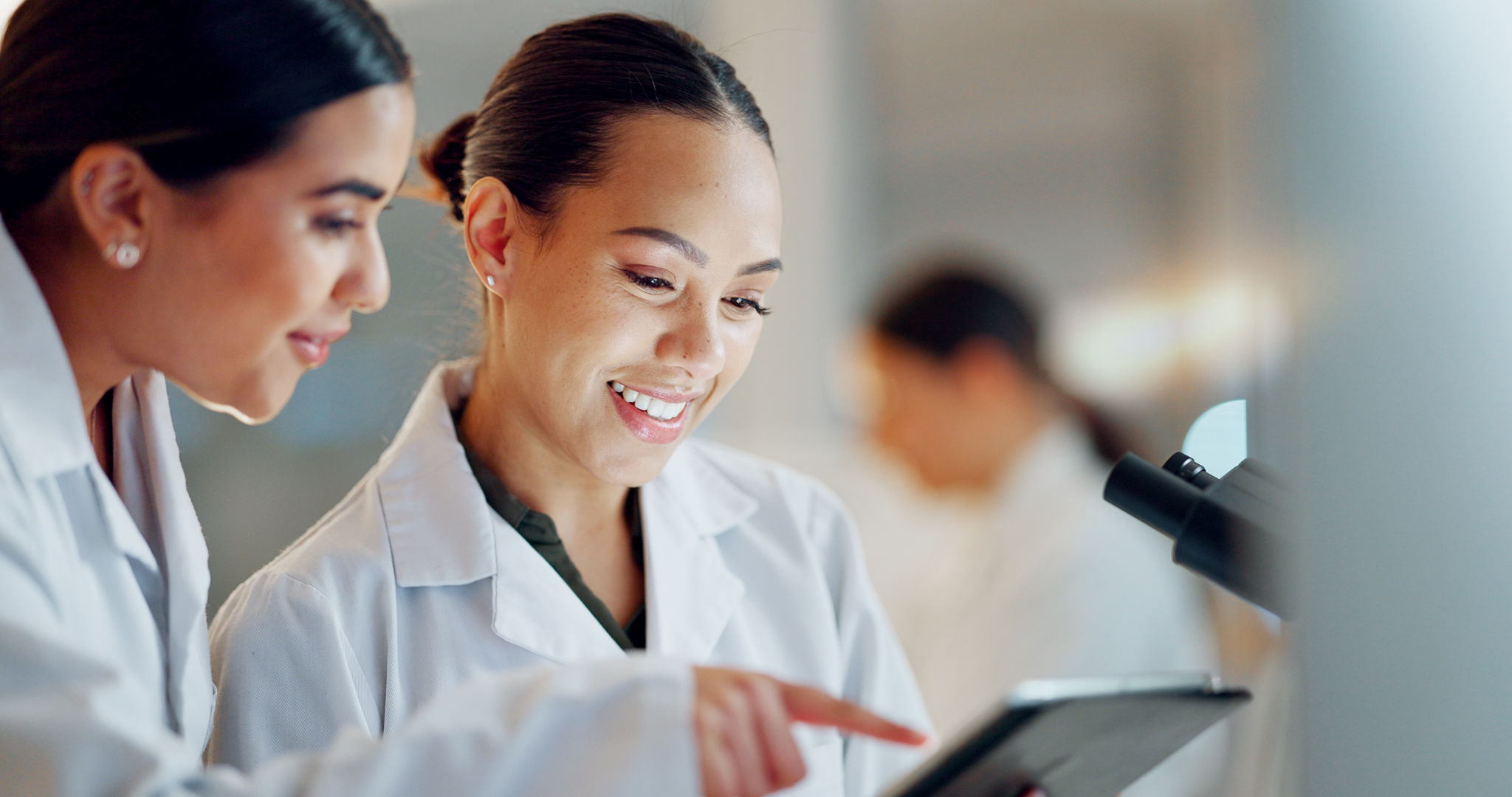Preparing Your Lab for Seasonal Changes: A Complete Guide
Understanding Seasonal Impacts on Lab Environments
As the seasons change, so do the conditions within a laboratory. Temperature fluctuations, humidity changes, and varying daylight hours can all impact the performance of equipment and the integrity of experiments. Preparing your lab for these changes is essential to maintain accuracy and efficiency.

Conduct a Comprehensive Lab Assessment
Before making any adjustments, conduct a thorough assessment of your lab. Evaluate the current environmental controls and identify areas that may be susceptible to seasonal changes. Pay special attention to temperature-sensitive equipment, as even minor fluctuations can lead to significant errors.
Consider creating a checklist to guide your assessment process. This checklist might include:
- Reviewing HVAC systems for proper function
- Inspecting insulation around critical areas
- Checking the condition of seals on doors and windows
Optimize Temperature and Humidity Controls
Temperature and humidity are two of the most crucial factors in a lab environment. As outside conditions shift, these can fluctuate, potentially affecting experimental outcomes. Ensure that your HVAC systems are calibrated to handle these changes efficiently.

Invest in reliable thermostats and humidity sensors to continuously monitor these conditions. Consider using automated systems that can adjust settings based on real-time data. This proactive approach will help maintain a stable environment, reducing the risk of compromised experiments.
Protect Equipment and Samples
Your lab's equipment and samples are valuable assets that need protection from seasonal variations. Ensure all equipment is serviced regularly to cope with temperature and humidity changes. Check that all calibrations are up-to-date to prevent inaccuracies in results.
For sensitive samples, consider using climate-controlled storage solutions. These storage units offer precise control over environmental conditions, safeguarding your samples from degradation due to seasonal shifts.

Plan for Energy Efficiency
With changing seasons, energy consumption patterns may also change. Implement energy-efficient practices to reduce costs while maintaining optimal lab conditions. This might include using energy-efficient lighting solutions or scheduling equipment use during off-peak hours.
Conducting an energy audit can also reveal areas where improvements can be made. This audit will help you identify energy leaks and other inefficiencies, allowing you to make informed decisions on necessary upgrades or changes.
Train Staff on Seasonal Protocols
Your lab staff plays a critical role in maintaining optimal conditions throughout the year. It is important to train them on the potential impacts of seasonal changes and the protocols in place to address them.

Regular training sessions can ensure that everyone is aware of their responsibilities and the procedures for monitoring and adjusting environmental controls. Encourage staff to report any irregularities promptly to prevent issues from escalating.
Conclusion
Proper preparation for seasonal changes is crucial for any laboratory aiming to maintain high standards of accuracy and efficiency. By understanding the impacts of these changes, conducting thorough assessments, and implementing strategic measures, you can safeguard your lab against potential disruptions. Remember, consistent monitoring and proactive adjustments are key to successfully navigating seasonal transitions in your lab environment.